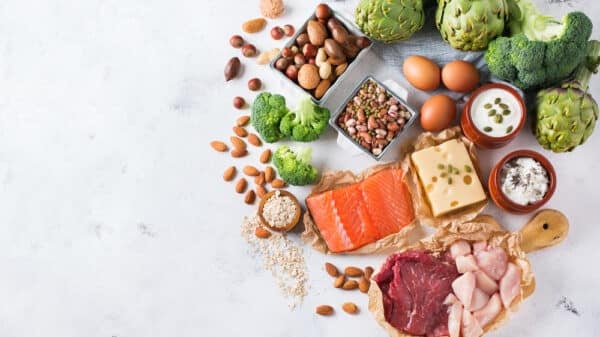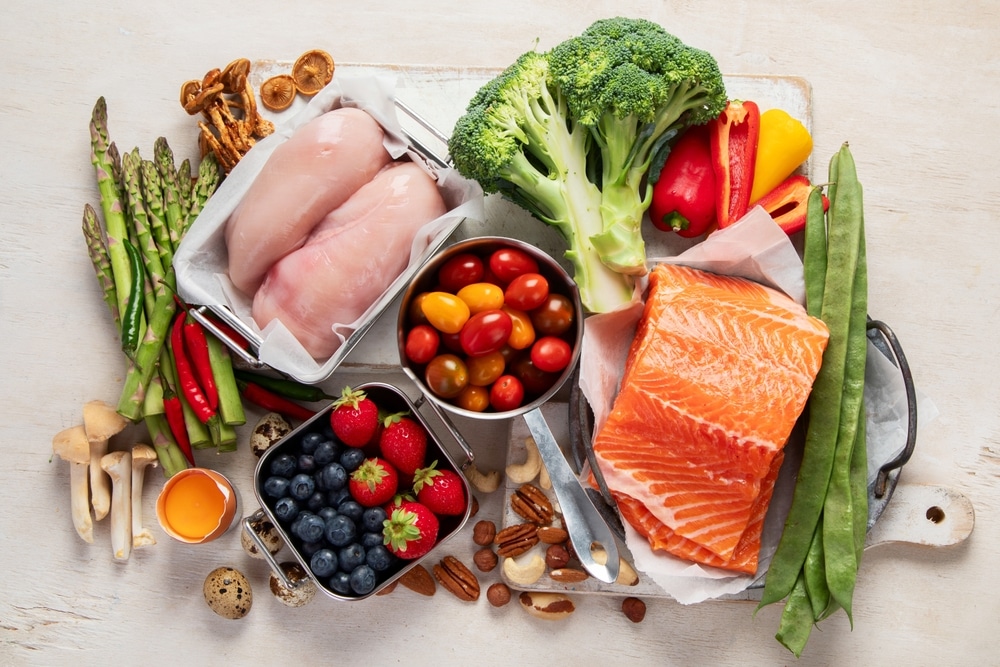The low-fat frenzy of the ’80s and ’90s feels like a distant memory, much like that vintage perm you might have rocked back then. It’s hard to imagine, but many people still think that eating fat is a fast track to gaining weight. This misconception can lead to skimping on an essential macronutrient that plays crucial roles in your body. According to the 2020-2025 Dietary Guidelines for Americans, adults should aim for 20% to 35% of their daily calories from fat. Not just any fat, though; it’s best to focus on polyunsaturated and monounsaturated fats found in foods like fish, nuts, and olive oil.
So, what does it look like when shopping or preparing meals? For someone on a 2,000-calorie diet, the bare minimum would be around 44 grams of fat daily to meet those guidelines. Experts, including registered dietitians, consistently warn that not getting enough healthy fats—especially omega-3 fatty acids—can mess with both your mental and physical well-being. Feeling a bit off? Let’s dive into some signs that might indicate you’re not getting enough healthy fats in your diet.
First up: Are you constantly hungry? If you’re finding yourself famished shortly after meals, it might be time to add some healthy fats to your plate. “Fat takes longer to digest than carbohydrates and protein, making it super satisfying,” says Ashley Reaver, a registered dietitian. Think about tossing a hard-boiled egg (yolk included, please!) into your breakfast mix of fruit and cereal, or spreading some guacamole on your lunchtime turkey sandwich. You might be surprised at how quickly this adjustment can help you feel satisfied.
Next is fatigue. If you often feel sluggish, consider this: when you skimp on fat, you’re likely limiting your overall calorie intake. Fat packs a punch with 9 calories per gram, giving you more energy per serving compared to protein and carbs, which only deliver 4 calories per gram. By cutting down on healthy fats, you’re probably cutting down on the energy your body needs to keep you energized throughout the day.
Are your joints feeling stiff or achy? Healthy fats, particularly omega-3s, are essential for maintaining cell integrity and have anti-inflammatory properties that can keep your joints lubricated and comfortable. Think salmon, walnuts, and avocado—these foods can help reduce that uncomfortable tension. If you notice your joints aren’t moving as smoothly as usual, it might be time to load up on these beneficial fats.
Grappling with constant colds? It could be more than just a case of bad luck; it may hint at a weakened immune system stemming from insufficient omega-3 fatty acids. Studies have shown that a low intake of these fats can lead to increased inflammation and make you more susceptible to illnesses. To give your immune system the boost it needs, make sure to include omega-3-rich foods in your diet.
Do you have dry skin? You might have heard the saying, “You are what you eat,” and it rings particularly true here. Insufficient fat intake can leave your skin lacking the essential oils it needs to stay hydrated and youthful. “Dry skin is a significant indicator of inadequate fat consumption,” says Bonnie Taub-Dix, another respected dietitian. Healthy fats also help your body absorb essential vitamins that keep your skin glowing, so consider weaving more healthy fats into your daily meals.
What about mental clarity? If you’ve been feeling foggy or unfocused lately, it could signal that you’re not consuming enough fats. Omega-3 fatty acids are vital for maintaining brain health and function. Research supports the idea that low fat intake can lead to mental fog and concentration lapses. If you find yourself feeling mentally off, look closely at your fat intake; it could hold the key to clearing that mental haze.
In conclusion, if you resonate with any of these symptoms, it’s a good idea to examine your diet closely. Instead of swinging from one extreme—like a low-fat diet—to the other end of the spectrum with high-fat diets, aim for a balanced approach. Incorporate healthy amounts of all food groups into your meals for optimal health.
Understanding the difference between healthy and unhealthy fats is essential. Healthy fats from sources like nuts, seeds, fatty fish, and plant-based oils not only support overall health but also provide essential nutrients. On the flip side, trans fats and excessive saturated fats can lead to inflammation and chronic health issues. So as you navigate your food choices, keep this knowledge at the forefront to foster a healthier, more balanced lifestyle.
Image Source: Tatjana Baibakova / Shutterstock































